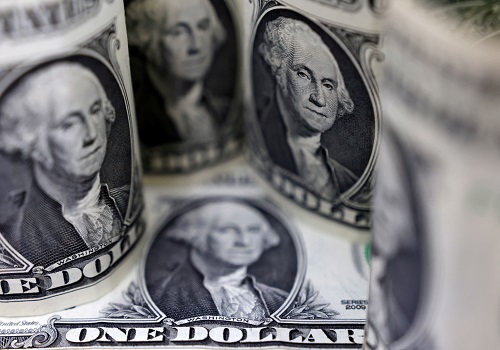
The dollar drifted sideways on Wednesday, giving some relief to the yen and other major currencies after a sharp rally to a seven-week high last week, as investors paused to assess the interest rate path outlook for the United States.
The New Zealand dollar slumped to its lowest since Aug. 19 at $0.6096, after the Reserve Bank of New Zealand (RBNZ) cut interest rates by 50 basis points.
The kiwi was last down 0.55% at $0.61035.
A majority of economists in a Reuters poll last week had predicted a big half a percentage point cut. The central bank kicked off an easing cycle in August seeking to trim rates from 15-year highs.
The U.S. data calendar this week is relatively light, offering a breather after a strong jobs report on Friday sent the dollar jumping and markets repricing the expected scale of upcoming interest rate reductions.
On Wednesday, investors will get minutes of the Fed's September meeting, which will show discussions about what at the time had appeared to be a deteriorating labour market that ended with all but one policymaker agreeing to a 50-basis point cut.
But bets for another jumbo cut in November have been taken off the table after the latest nonfarm payroll data indicated a more resilient picture.
Markets now have about an 85% chance of a quarter basis point reduction priced in, as well as a slim probability the Federal Reserve will leave rates unchanged, the CME FedWatch tool showed.
September Consumer Price Index report on Thursday will the main piece of data this week.
"U.S. inflation data this week and upcoming corporate earnings will be key to sustaining the U.S. dollar rebound and will need to reinforce the US exceptionalism narrative," analysts at Westpac IQ wrote in a note.
The dollar index, which measures the greenback against a basket of currencies, was flat at 102.490, not far from Friday's seven-week high of 102.69.
With the dollar settling, the euro steadied around $1.0977, while the pound was at $1.3101, close to the more than three-week low of $1.30595 it touched on Monday.
Dollar/yen traded in a narrow range, last hovering around 148.28 yen, after touching a seven-week high of 149.10 on Monday.
Elsewhere, the Australian dollar was licking wounds, having slid on Tuesday to $0.6715, its lowest since Sept. 16, after minutes from the latest meeting of the nation's central bank came off as dovish. It last traded not far off that low, down 0.08% at $0.67415.
Investors remain focused on China after a volatile day in Chinese and Hong Kong markets in the previous session.
Beijing said on Tuesday it was "fully confident" of achieving its full-year growth target but refrained from introducing stronger fiscal steps, disappointing investors who had banked on more support from policymakers to get the economy back on track.
The offshore yuan stabilised around 7.0695 per dollar.
